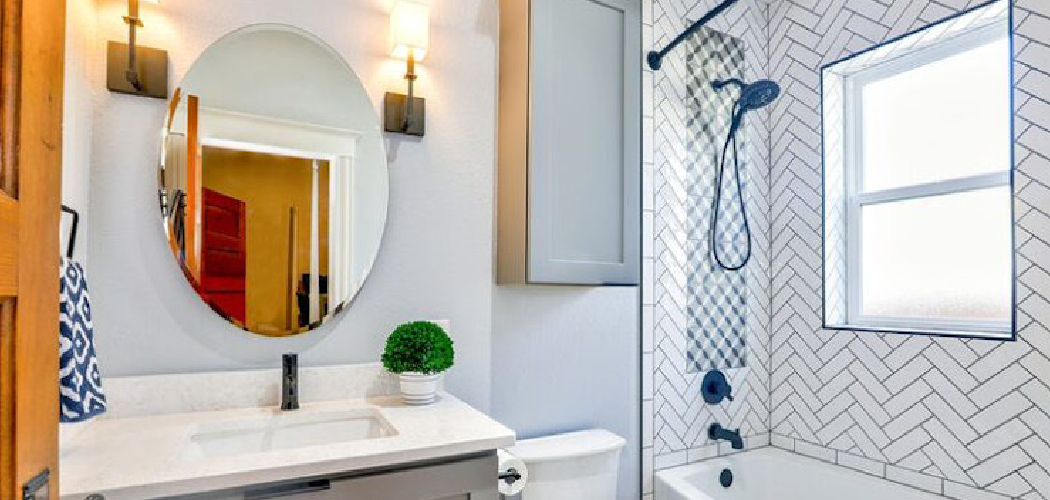Traditional taps’ aesthetic and functional impact on a bathroom’s overall design cannot be overstated. These fixtures offer a unique blend of timeless beauty and practicality, enhancing the space while providing reliable performance. Traditional taps are celebrated for their classic designs and quality craftsmanship, which add character and elevate the style of any bathroom.
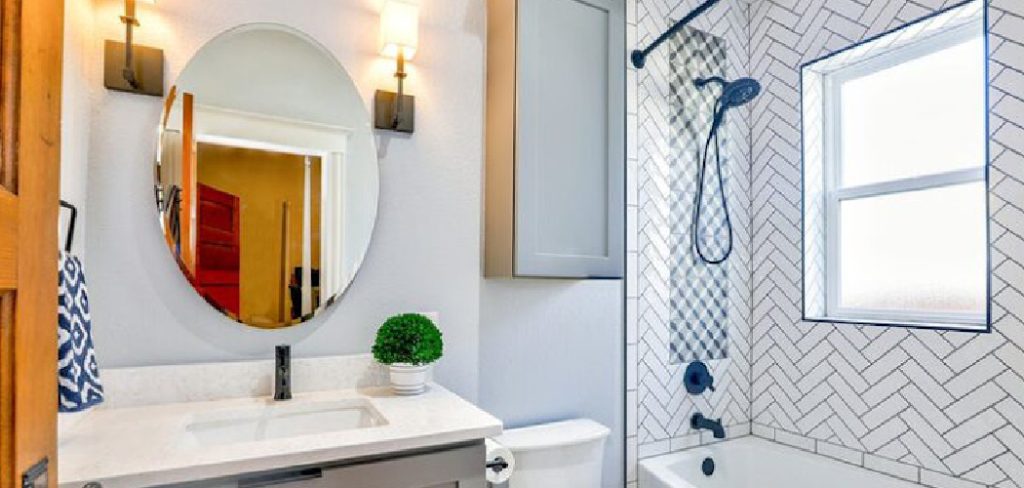
In this article, we will explore the various design benefits of traditional taps, from their diverse styles to the materials that can complement them. Additionally, we’ll provide practical installation tips and insights on how to pair traditional taps with other bathroom elements. By understanding how traditional taps can transform your bathroom, you can make informed choices that reflect your personal style and create a cohesive and inviting atmosphere.
The Aesthetic Appeal of Traditional Taps
Timeless Design
Traditional taps are synonymous with classic elegance, embodying designs that have stood the test of time. Their intricate detailing and refined shapes evoke a sense of nostalgia, making them a perfect addition to both vintage and contemporary bathrooms. Whether it’s the sophisticated curves of a lever-handle tap or the striking silhouette of a cross-head design, these fixtures provide a striking focal point in any space.
This versatility allows homeowners to effortlessly blend traditional taps with modern decor, ensuring that the bathroom maintains a cohesive and stylish look. Their ability to enhance the overall beauty of a bathroom is unmatched, making them a preferred choice for those looking to create an inviting atmosphere that marries the charm of yesteryears with contemporary sensibilities.
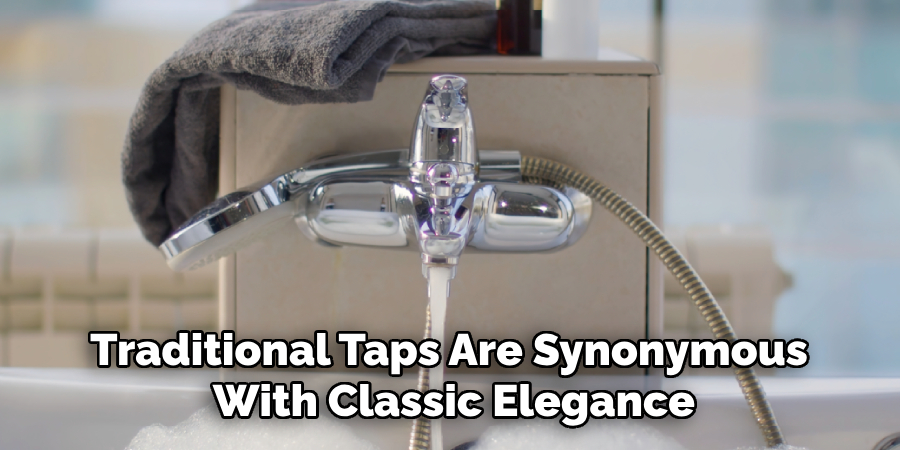
Material and Finish Options
A wide array of materials and finishes is available for traditional taps, allowing homeowners to customize their selection to suit their desired aesthetic. Options like polished chrome and brushed nickel offer a sleek, modern touch, perfect for minimalist or contemporary designs, while antique brass and porcelain handles can enhance vintage-inspired spaces with their rich textures and warm tones.
Each finish can significantly impact the bathroom’s overall look, with brighter options helping to create a fresh, clean ambiance, while darker finishes can provide depth and character. Additionally, selecting the right material can ensure durability and ease of maintenance, as some finishes resist tarnishing and stains better than others. By thoughtfully choosing materials and finishes for traditional taps, homeowners can create a harmonious balance that complements their chosen decor style and elevates the bathroom’s overall aesthetic.
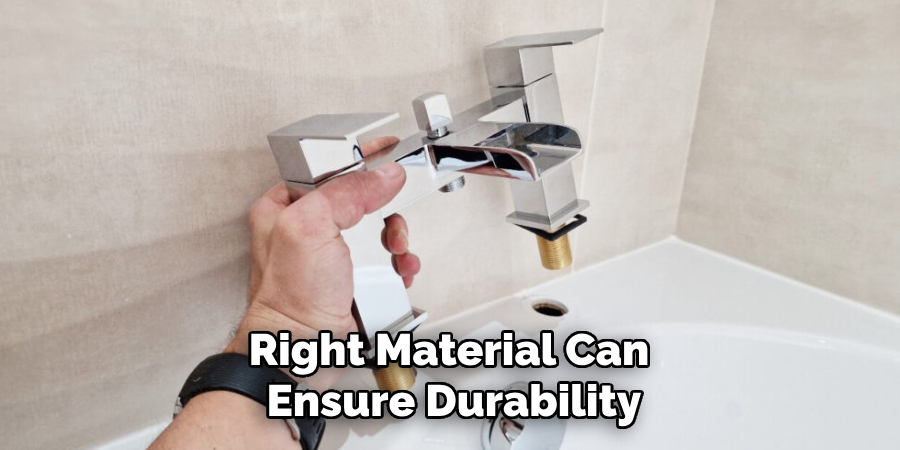
How Traditional Taps Can Transform Your Bathroom: Popular Styles of Traditional Taps
Cross-Head Taps
Cross-head taps are a hallmark of traditional bathroom design, characterized by their distinctive X-shaped handles that provide both functionality and artistic flair. This classic style evokes a sense of nostalgia, transporting homeowners back to the elegance of yesteryear. Perfectly suited for period-style bathrooms, cross-head taps blend seamlessly with vintage decor, enhancing the authenticity of the space. They offer a timeless aesthetic and reliable performance, making them a popular choice for those looking to infuse their bathrooms with historical charm while prioritizing classic craftsmanship.
Lever-Handle Taps
Lever-handle taps provide a harmonious balance of traditional design and modern practicality. Their elegant elongated handles offer an ease of use that is particularly appealing for families and those with mobility challenges. This style provides a refined look, making it suitable for both traditional and transitional bathroom designs. Lever-handle taps can enhance the elegance of the space while offering versatile placement options, ensuring they can fit seamlessly into various styling contexts. Their sleek form and functionality elevate the bathroom experience, making them an ideal choice for those seeking both beauty and practicality.
Bridge Taps
Bridge taps stand out with their raised, connected design that often showcases intricate detailing, making them a striking feature in any bathroom. This style adds a touch of luxury and sophistication, turning everyday fixtures into stunning focal points. Typically found in high-end renovations, bridge taps effectively marry form and function, ensuring aesthetic appeal and reliable performance. Their unique design allows for additional space beneath, making them practical for a range of sink styles. These taps make a bold statement, appealing to homeowners looking to create a luxurious ambiance within their traditional bathroom.
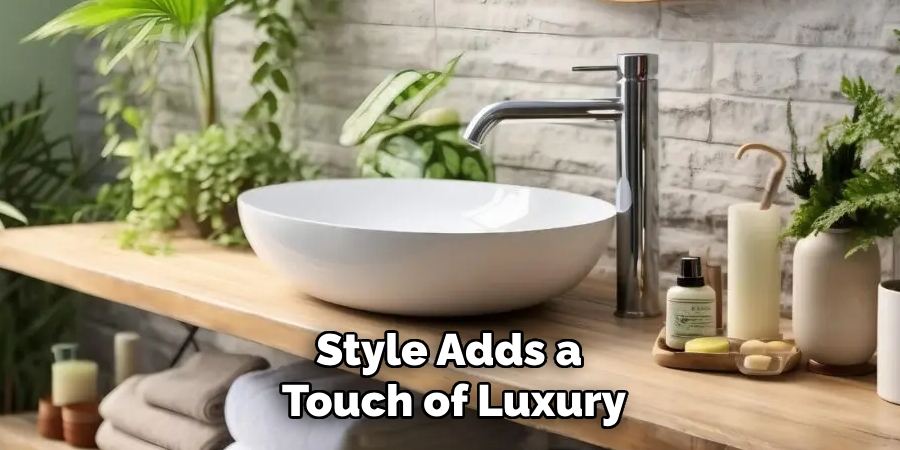
How Traditional Taps Can Enhance Bathroom Atmosphere
Creating a Vintage Look
Traditional taps play a pivotal role in crafting a vintage or retro atmosphere in the bathroom, particularly when paired with period-style elements. Incorporating fixtures such as clawfoot bathtubs and pedestal sinks can evoke a sense of nostalgia and elegance. The graceful curves of a clawfoot tub complemented by antique brass or nickel taps can transform the space into a luxurious escape reminiscent of a bygone era. Additionally, classic tile patterns, such as subway tiles or intricate mosaics, provide the perfect backdrop that enhances the overall vintage aesthetics.
Homeowners can achieve a cohesive look by thoughtfully selecting accessories like vintage mirrors and traditional lighting. These design choices work together harmoniously, ensuring that traditional taps stand out and beautifully integrate into the overall design, adding depth and character to the bathroom.
Blending Old and New
In contemporary bathrooms, traditional taps can create a sophisticated blend of old and new, offering a unique aesthetic that enhances modern designs. Incorporating these classic fixtures alongside minimalistic decor allows homeowners to retain the charm of traditional designs while embracing modern sensibilities. For instance, pairing sleek, clean-lined vanities with visually striking lever-handle or cross-head taps creates a compelling contrast that draws the eye.
To further enhance this mix, consider using a coherent color palette with subtle nods to vintage tones, such as muted blues or soft greens. Incorporating modern elements like geometric patterns and streamlined storage solutions can also work in tandem with traditional taps, providing a fresh look while ensuring functionality. By combining these styles thoughtfully, you can create a balanced atmosphere that highlights the beauty of both eras, ultimately resulting in a stylish and inviting bathroom space.
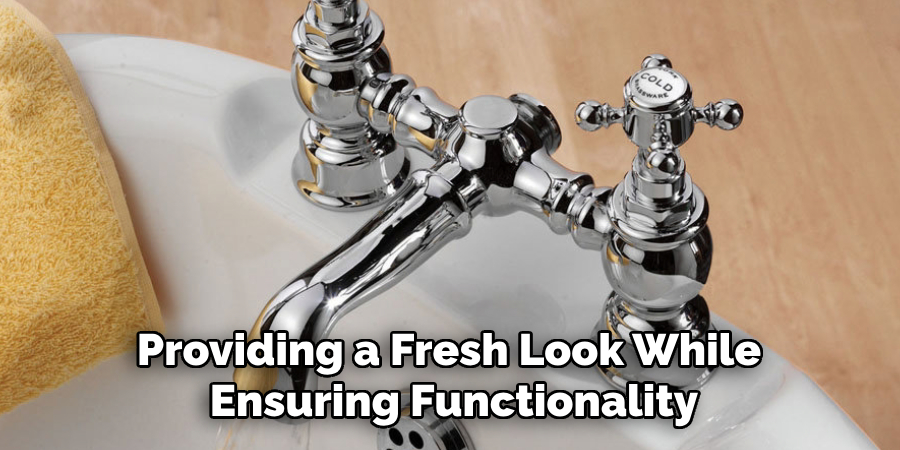
Practical Considerations for Installing Traditional Taps
Compatibility with Plumbing
When selecting traditional taps, ensuring they are compatible with your existing plumbing system is crucial. Different types of sinks and basins can dictate the type of tap required. For example, countertop-mounted taps typically suit standard domestic sinks, while wall-mounted options may be ideal for vessel sinks or minimalist designs. Homeowners should carefully assess the plumbing layout and pressure requirements to find taps that fit their needs. Additionally, considering the spacing between tap holes—whether one, two, or three—is essential for successful installation and functionality.
Ease of Installation
The installation process for traditional taps can vary significantly depending on their design. Installation can often be a straightforward DIY task for simpler designs, such as lever-handle taps. However, more complex designs like bridge taps might require professional assistance to ensure proper setup and functionality. It is advisable to review the manufacturer’s installation instructions and, if unsure, consult a plumber. This precaution can help prevent issues that may arise from improper installation, ensuring that the taps work effectively and enhance the bathroom’s overall aesthetics.
Maintaining Functionality and Aesthetics
Regular upkeep is essential to maintain both the functionality and aesthetics of traditional taps. Cleaning taps with a soft cloth and mild soap helps preserve their finish while avoiding harsh chemicals that can lead to tarnishing or scratching. Additionally, preventing hard water accumulation is vital; homeowners should routinely wipe down taps after use and consider installing a water softener if hard water is an issue in their area. Periodically checking for leaks and ensuring that gaskets and washers are in good condition will keep taps functioning smoothly while maintaining their classic style. By following these maintenance tips, traditional taps can remain both stylish and reliable fixtures in the bathroom for years to come.
Pairing Traditional Taps with Other Bathroom Elements
Sink and Basin Styles
Choosing the right sink or basin is essential to enhance the beauty of traditional taps. Pedestal sinks are an excellent choice, as their classic design offers elegance and pairs beautifully with ornate taps. Ceramic basins also provide a timeless aesthetic, especially when featuring vintage-inspired details. For those seeking a unique flare, vintage-style countertops combined with under-mounted sinks can create a harmonious look that complements traditional taps while adding character to the bathroom.
Other Fixtures and Accessories
When selecting additional fixtures and accessories, it’s crucial to maintain the cohesive traditional style established by the taps. Opt for towel racks and shower heads in vintage finishes like brushed brass or polished nickel that mirror the tap’s design. Lighting fixtures should also reflect traditional aesthetics; consider wall sconces with intricate detailing or classic pendant lights. By carefully curating these elements, homeowners can create a unified and inviting bathroom that emphasizes the charm of traditional design.
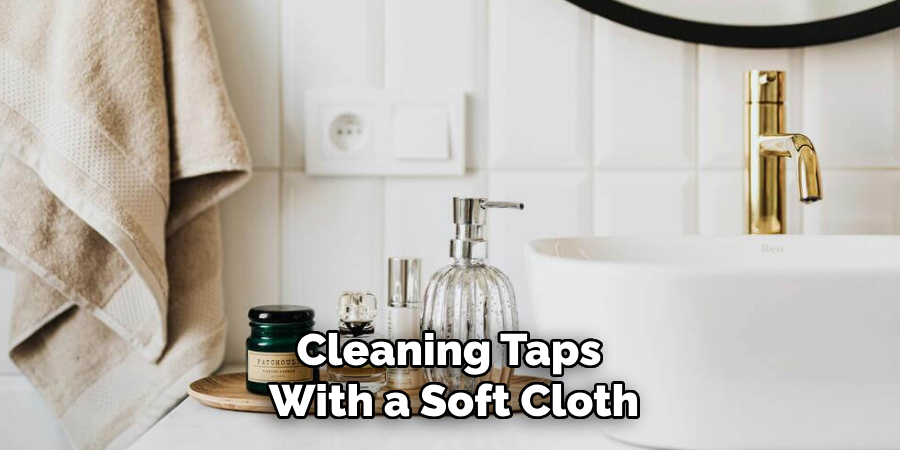
When to Seek Professional Design Help
Complex Bathroom Redesigns
When undertaking a complex bathroom redesign, especially one incorporating multiple traditional elements, seeking professional design assistance is often beneficial. Professional designers can evaluate the space, understand the intricacies of incorporating various fixtures, and ensure that all elements work cohesively together. Additionally, they possess the expertise to navigate potential challenges, such as plumbing adjustments or structural changes, ensuring that the final result meets aesthetic desires and functions effectively for daily use.
Custom Tap Designs
Consulting with a designer is particularly advantageous when considering custom tap designs or if you have specific aesthetic goals that require unique or bespoke fixtures. A designer can help translate your vision into practical solutions, ensuring that the custom elements integrate seamlessly with the overall design. They have access to a broader selection of materials and finishes, which enhances the likelihood of achieving the desired style, all while maintaining the functionality and durability necessary for everyday use.
Conclusion
In summary, traditional taps can significantly transform your bathroom’s design by enhancing its aesthetics and contributing to a cohesive vintage or mixed-style ambiance. These elegant fixtures add character and charm, making them a focal point that elevates the overall look of the space. To ensure the best results, choosing high-quality materials that maintain their beauty over time is essential, verifying compatibility with your existing plumbing and conducting regular maintenance to preserve both function and appearance.
By recognizing how traditional taps can transform your bathroom, you can make them a key design element in your home, whether you’re completely remodeling or simply updating your fixtures. Embrace the timeless allure of traditional taps and experience the difference they can make in creating an inviting and stylish bathroom environment.

